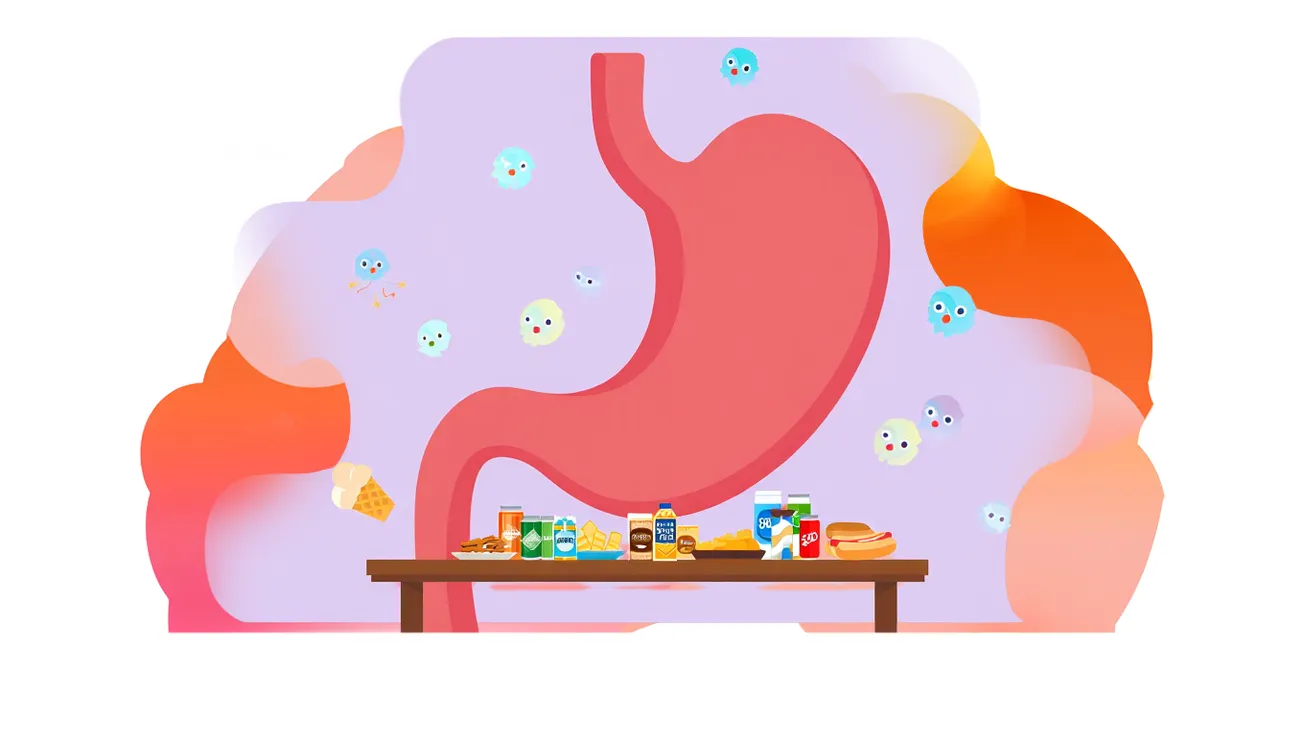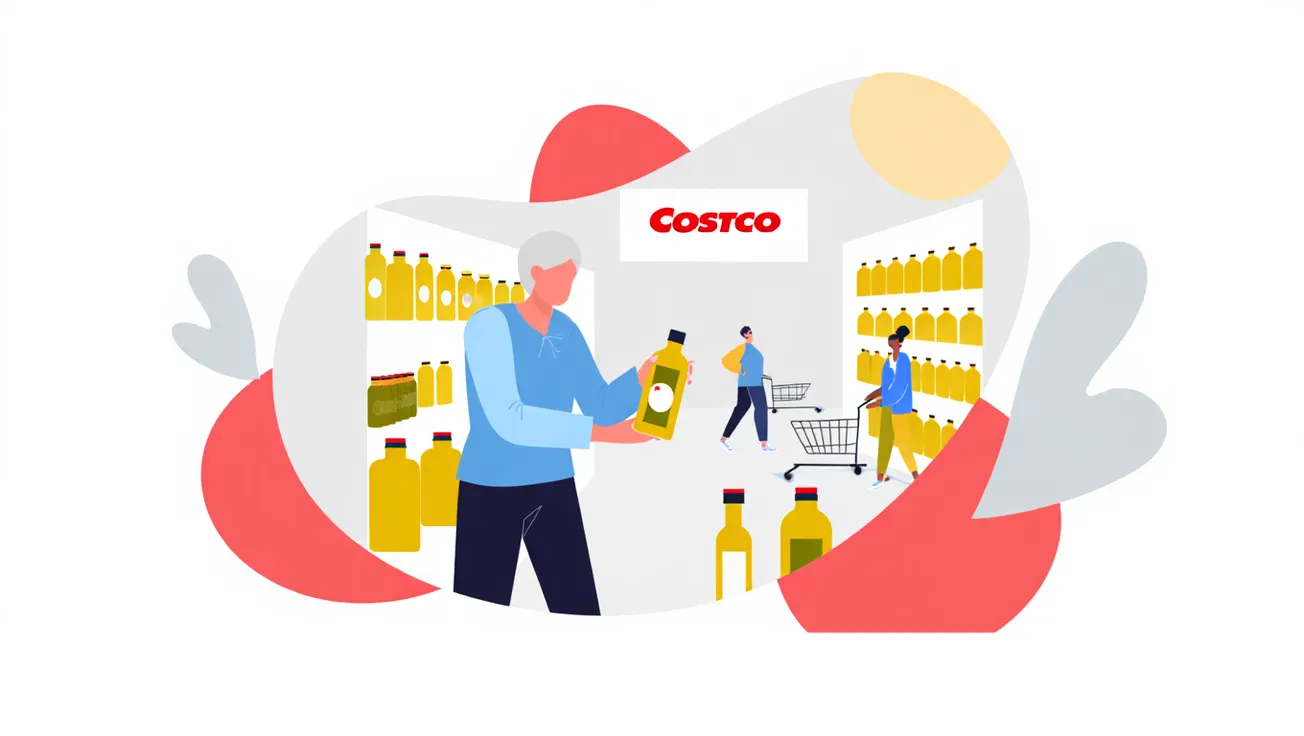The Takeaway
- For the first time, three major federal agencies are asking Americans to help define “ultra-processed food.”
- The definition could shape future dietary guidelines, school lunch rules, and food labeling.
- Consumer advocates, including the app Yuka, say the U.S. lags far behind Europe in regulating harmful additives.
- Comments are open through October 23, 2025, on the Federal Register website.
- Experts urge seniors to speak up — diet-related illness hits older adults hardest.
Why this is a big deal
For decades, the U.S. has tiptoed around what “processed” means. Now, for the first time, the Food and Drug Administration (FDA), U.S. Department of Agriculture (USDA), and Department of Health and Human Services (HHS) have opened a public comment period asking a simple but seismic question:
What exactly is an ultra-processed food — and how should the government define it?
That may sound academic, but the outcome could influence nearly everything about the American diet — from what’s in school lunches to what appears on front-of-package nutrition labels.
“It’s one of the most consequential food-policy moments in years,” said Marion Nestle, professor emerita of nutrition, food studies, and public health at New York University, in a recent interview with The Washington Post.
“Once you define ‘ultra-processed,’ you can start holding the industry accountable.”
Why seniors should care
Older adults are hit hardest by the fallout from diets heavy in packaged, ready-to-eat foods.
Research links high consumption of ultra-processed foods (UPFs) to:
- Type 2 diabetes
- Heart disease
- Certain cancers
- Depression and cognitive decline
The CDC estimates that one American dies every four minutes from a diet-related illness — a toll that lands disproportionately on people over 60.
“Many of us were raised to believe that ‘low-fat’ or ‘diet’ foods were healthy,” said registered dietitian Dr. Lisa Young, author of Finally Full, Finally Slim.
“We now know those labels often masked products loaded with sugar, salt, and additives.”
How we got here
Unlike Europe, the U.S. never established a single, science-based framework to classify foods by how they’re made. The NOVA system, created by researchers in Brazil, defines ultra-processed foods as “industrial formulations made mostly or entirely from substances derived from foods and additives,” with little resemblance to whole foods.
Think:
- Sugary breakfast cereals
- Soda and energy drinks
- Shelf-stable baked goods
- Packaged snacks and frozen entrées
What makes them “ultra”? The heavy use of emulsifiers, colorants, flavor enhancers, and texturizers designed to mimic freshness and trigger cravings — all while extending shelf life.
Critics say these additives have slipped through regulatory cracks for decades, thanks to the “Generally Recognized as Safe” (GRAS) loophole, which allows companies to self-certify chemical ingredients without formal FDA review.
Advocates push for reform
Consumer groups have long argued that the U.S. regulatory system is too lenient compared with Europe.
According to Yuka, a food-rating app that analyzes the nutritional quality and additive impact of products on your health, many of those additives — including potassium bromate and Red Dye No. 3 — are restricted or banned overseas.
"As the FDA, USDA, and HHS ask Americans to define ‘ultra-processed,’ this is a pivotal moment for public health,” Julie Chapon, co-founder of Yuka, told Smart Senior Daily.
She said that Yuka’s data shows U.S. products contain far more additives than many other countries.
“For instance, breakfast cereals contain an average of five additives per product, that's two to three times more than the average amount of additives found in other countries,” she said.
“After decades of exposure to unnecessary additives, defining and regulating ultra-processed foods is a crucial step toward protecting public health and demanding transparency from the food industry."
What the agencies want to know
The joint Request for Information (RFI) asks the public to comment on:
- What scientific criteria should define a UPF
- How that definition could affect the Dietary Guidelines for Americans (2025–2030)
- Whether certain additives or production methods should trigger stricter oversight
- How labeling or warnings could help consumers make healthier choices
Comments will be accepted through October 23, 2025 and will become part of the public record.
You can read the full request and post a comment through the official Federal Register portal here. When prompted, select “Individual Consumer” or “Anonymous,” and share why the definition matters to you — whether that’s concern about additives, chronic illness, or the health of your grandkids.
Here is text you could edit/copy/paste in the comment form if you like:
Option 1:
Dear HHS, FDA, and USDA Leadership,
Thank you for taking this long-overdue step toward improving our nation’s food supply. Establishing a uniform definition of ultra-processed foods (UPFs) is a crucial foundation for public health reform.
As an older American, I see firsthand how diet-related disease erodes quality of life. Conditions such as type 2 diabetes, heart disease, and cognitive decline are often worsened by diets filled with ultra-processed products that dominate grocery shelves. Many of us grew up believing “low-fat” or “ready-to-eat” meant healthy, only to learn decades later that those foods were packed with sodium, refined starches, and chemical additives.
Other countries have already taken steps to rein in these products. The United States should follow their lead by:
- Defining UPFs clearly and scientifically, using frameworks such as the NOVA classification system.
- Reassessing outdated additive approvals, particularly those granted since 1997 under the “GRAS” (Generally Recognized as Safe) loophole that allows self-certification by manufacturers.
- Separating risk assessment from risk management, as practiced in the European Union, to restore public trust in regulatory independence.
- Labeling ultra-processed foods transparently, through front-of-package warnings and restrictions in school meal programs.
The science is clear: diets dominated by ultra-processed foods increase the risk of obesity, cancer, cardiovascular disease, and premature death. Reducing their influence will not only improve national health but also reduce healthcare costs that burden seniors and taxpayers alike.
Thank you again for your leadership and for inviting public participation in this process. I urge you to move swiftly toward a formal definition of UPFs and to take strong, science-based action to protect Americans—especially older adults—who often suffer most from the consequences of a lifetime of poor-quality food.
Sincerely,
[Your Name]
[Optional: City, State]
Option 2 (courtesy of Yuka):
Dear HHS, FDA, and USDA Leadership,
Thank you for your efforts to improve our nation’s food supply. Establishing a uniform definition of ultra-processed foods (UPFs) is a critical first step toward addressing the widespread availability of unhealthy, industrially produced foods in the United States. Many countries have already taken action to regulate these harmful products. The U.S. should do the same. Please act.
UPFs are a major contributor to the rising rates of obesity, type 2 diabetes, cancer, cardiovascular disease, mental health conditions and even premature death. These products often contain excessive amounts of added sugars, unhealthy fats, sodium, and additives such as synthetic dyes and sweeteners. Their processing and formulation, combined with additives that keep products shelf-stable far beyond their natural life, let UPFs dominate the marketplace.
A clear, science-based definition of UPFs is foundational to reform. The widely used NOVA classification system defines UPFs as industrial formulations of food-derived substances combined with numerous additives. Unlike minimally processed foods, they have little to no basis in whole foods. They are manufactured from very low-cost ingredients and engineered to be hyper-palatable —often by boosting color, flavor, and texture. UPFs allow companies to maximize profits while offering products designed to strongly attract consumers.
Aligning FDA policy closely with science will ensure that policy decisions are based on sound science and public health principles. The FDA should also reassess all food additives authorized since 1997, the year when manufacturers were allowed to fund their own studies for GRAS substances. Many additives approved more than 40 years ago have not been re-evaluated to reflect recent scientific findings.
Please also consider separating risk assessment from risk management for food additives, as is the case in Europe and as recommended by the WHO Procedural Manual of 2025. The European Food Safety Authority assesses risks and issues recommendations, while the European Commission makes regulatory decisions. This separation of authority should immediately address the alarming existing practice of food manufacturers’ self-regulation of safety. Food manufacturers should not authorize or assess the risks of their own additives. Safety evaluation and authorization should be public functions, independent of industry financial interests.
Finally, the FDA should evaluate and label UPFs accordingly—through front-of-package warnings, strengthened product testing, and restrictions in vulnerable environments like school cafeterias. These measures will empower consumers, protect children, and begin to reshape the food environment in a meaningful way.
Thank you again for your leadership. I hope you will prioritize this critical public health crisis by fundamentally improving America’s food supply.
What comes next
Once comments close, the agencies will review submissions and may issue a draft definition or guidelines. While that process could take months, experts say public engagement now will determine whether the outcome favors public health or food-industry convenience.
“This is a once-in-a-generation opportunity,” said Dr. Dariush Mozaffarian, a cardiologist and professor at Tufts University’s Friedman School of Nutrition Science and Policy. “If we get the definition right, it can reshape how America eats for decades.”
Disclaimer: This article is for informational purposes only and does not constitute medical or legal advice. Readers should consult qualified professionals regarding personal health or nutrition decisions.








